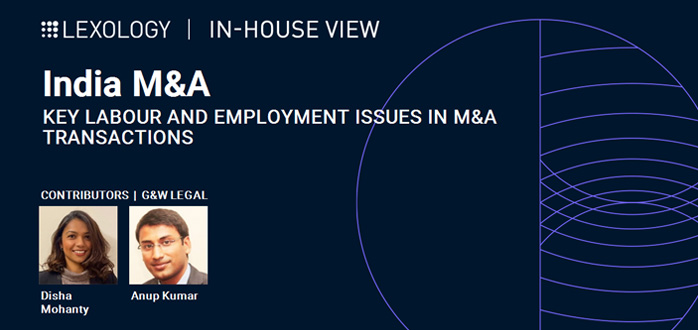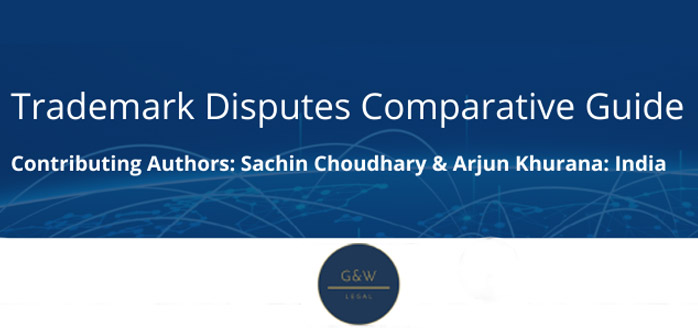
Key Labour and Employment Issues in M&A Transactions
Mergers and acquisitions (M&A) are tools used for the growth of business and optimisation of resources. M&A transactions impact target-entity employees and the success of these transactions depends on establishing a fair balance between employees’ security and business interests.
‘Merger’ is not defined in the Companies Act 2013 or the Income-tax Act 1961. Generally, a merger means the combination of two or more entities and their businesses into a single entity. In a merger, only the resultant entity continues to exist, and all other entities are dissolved.
An acquisition involves either:
purchase of controlling shares of one entity by another person or entity (share purchase acquisition); or
purchase of a business in the form of assets and liabilities along with employees on a going-concern basis (commonly referred to as a ‘slump sale acquisition’).
In some cases, buyers purchase certain identified assets and hire only selected employees of the target entity, but not the entire business on a going-concern basis. Such transactions are generally categorised as pure asset purchase transactions (asset purchase acquisition).
M&A and employment arrangements
Mergers
Mergers of companies are carried out under the supervision of the National Company Law Tribunal (NCLT) and/or the jurisdictional Regional Director(RD) of the Ministry of Corporate Affairs, which are quasi-judicial bodies. The scheme of merger of entities, which is placed before the NCLT and/or RD for approval, contains, among other things, provisions about the rights and benefits that the resulting entity will provide to the employees of merging entities.
Share purchase acquisition
In a share purchase acquisition, a buyer purchases the shares of the target entity, and the employees remain with the target company.















